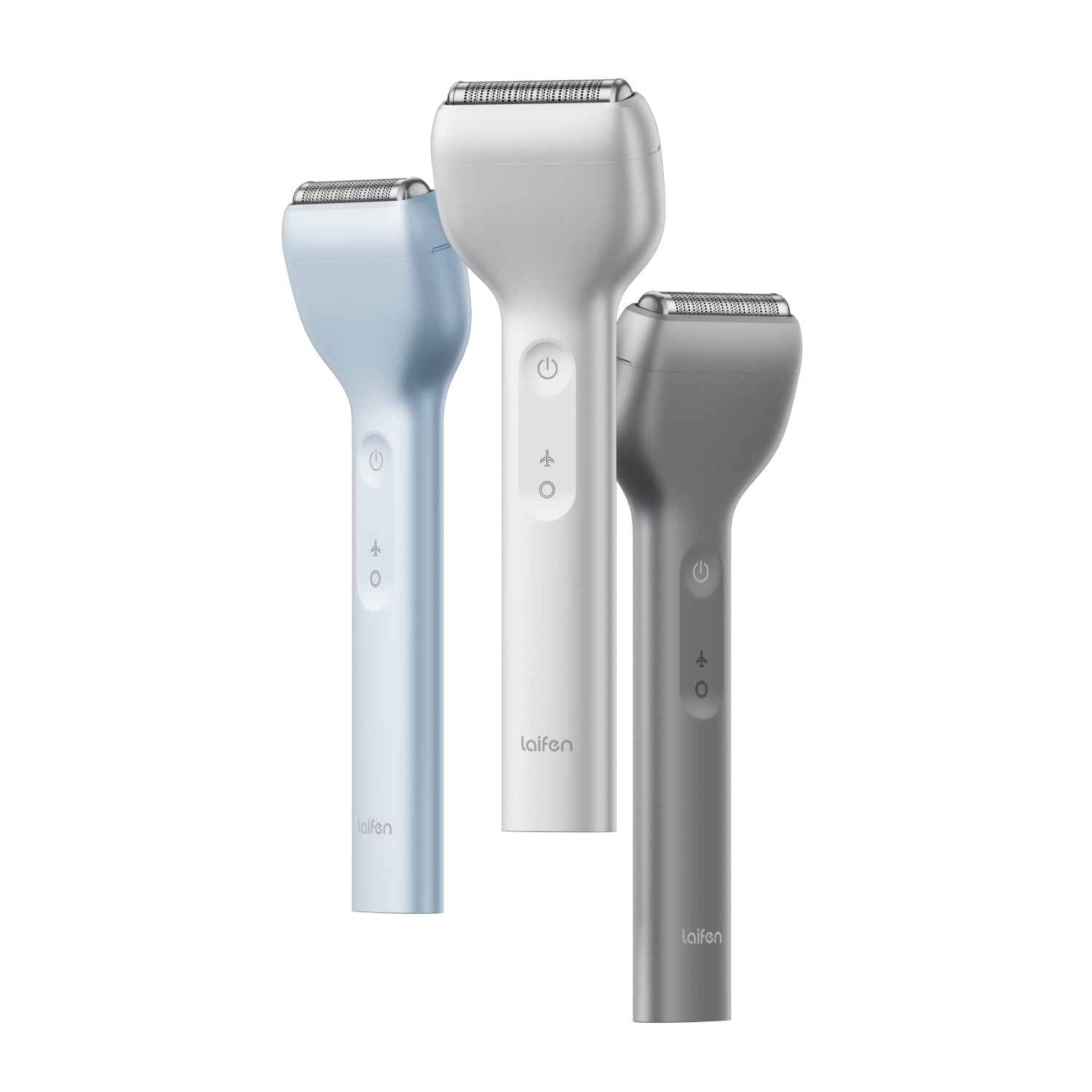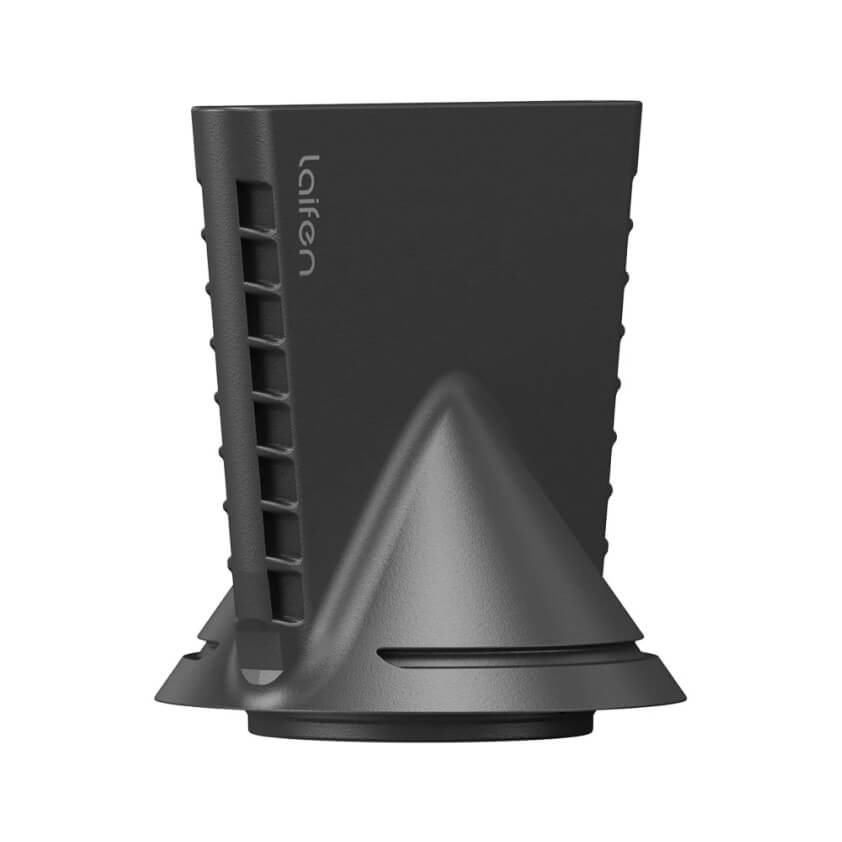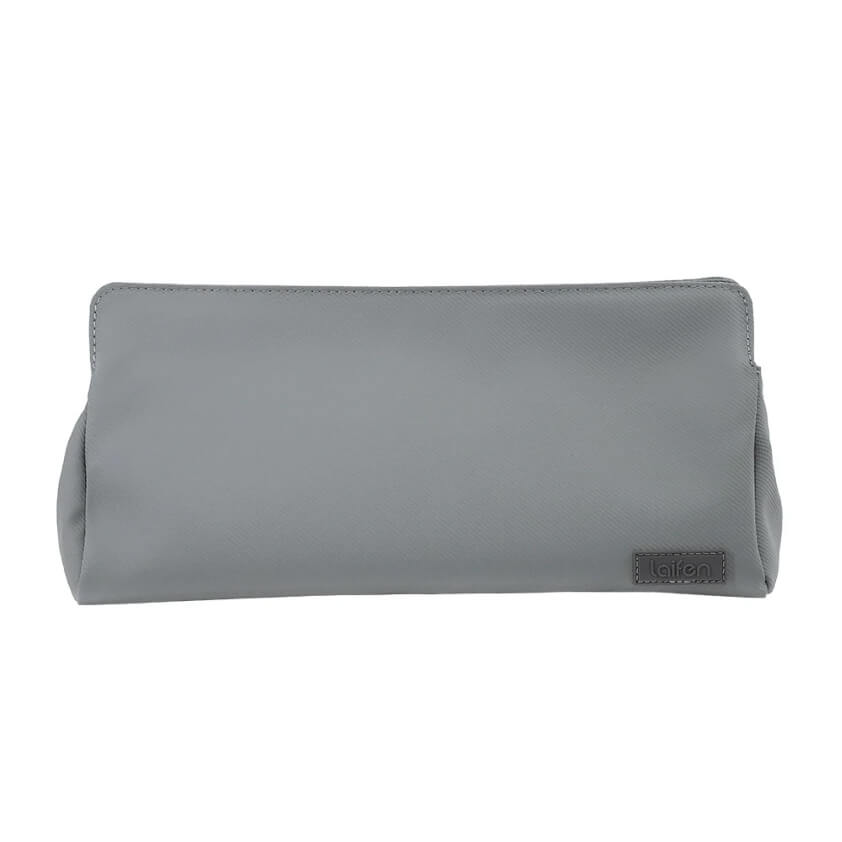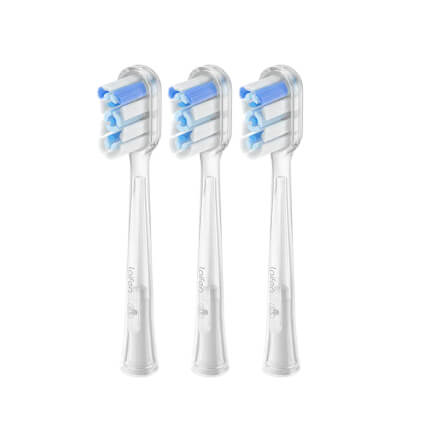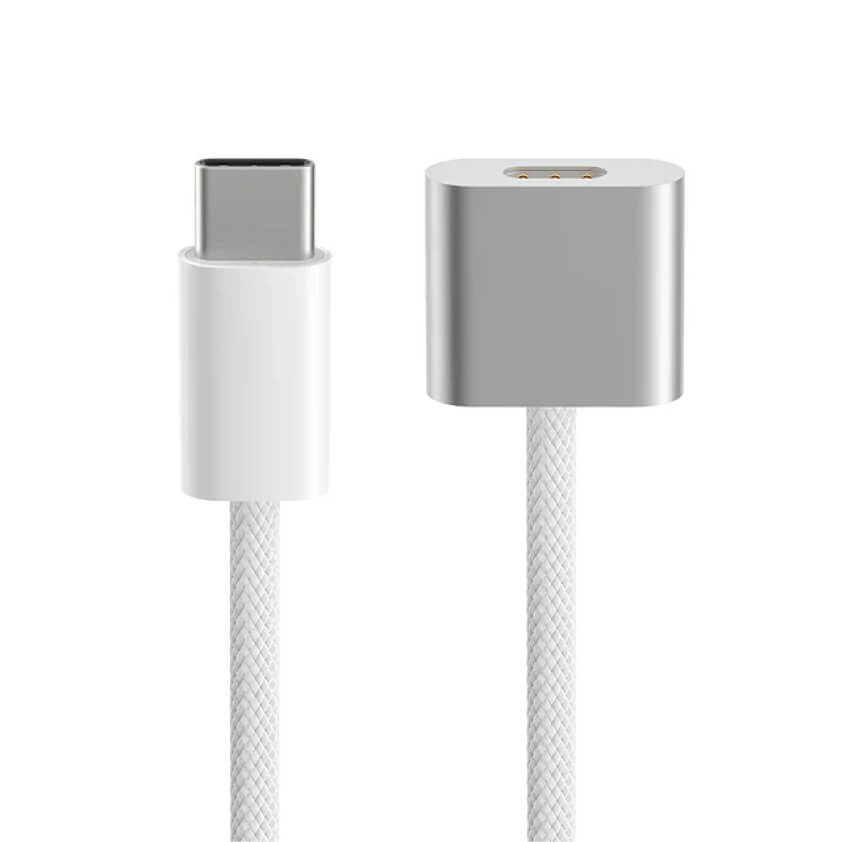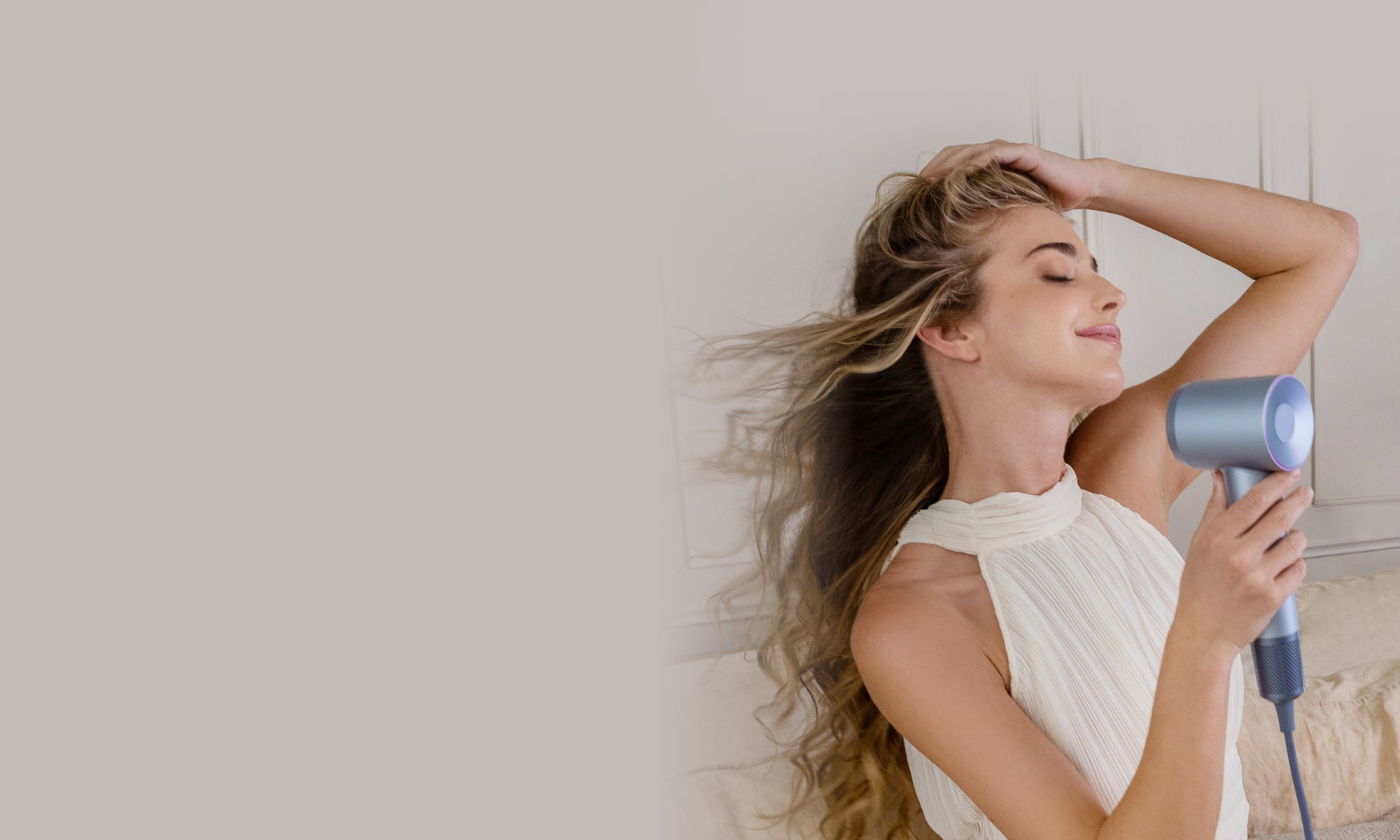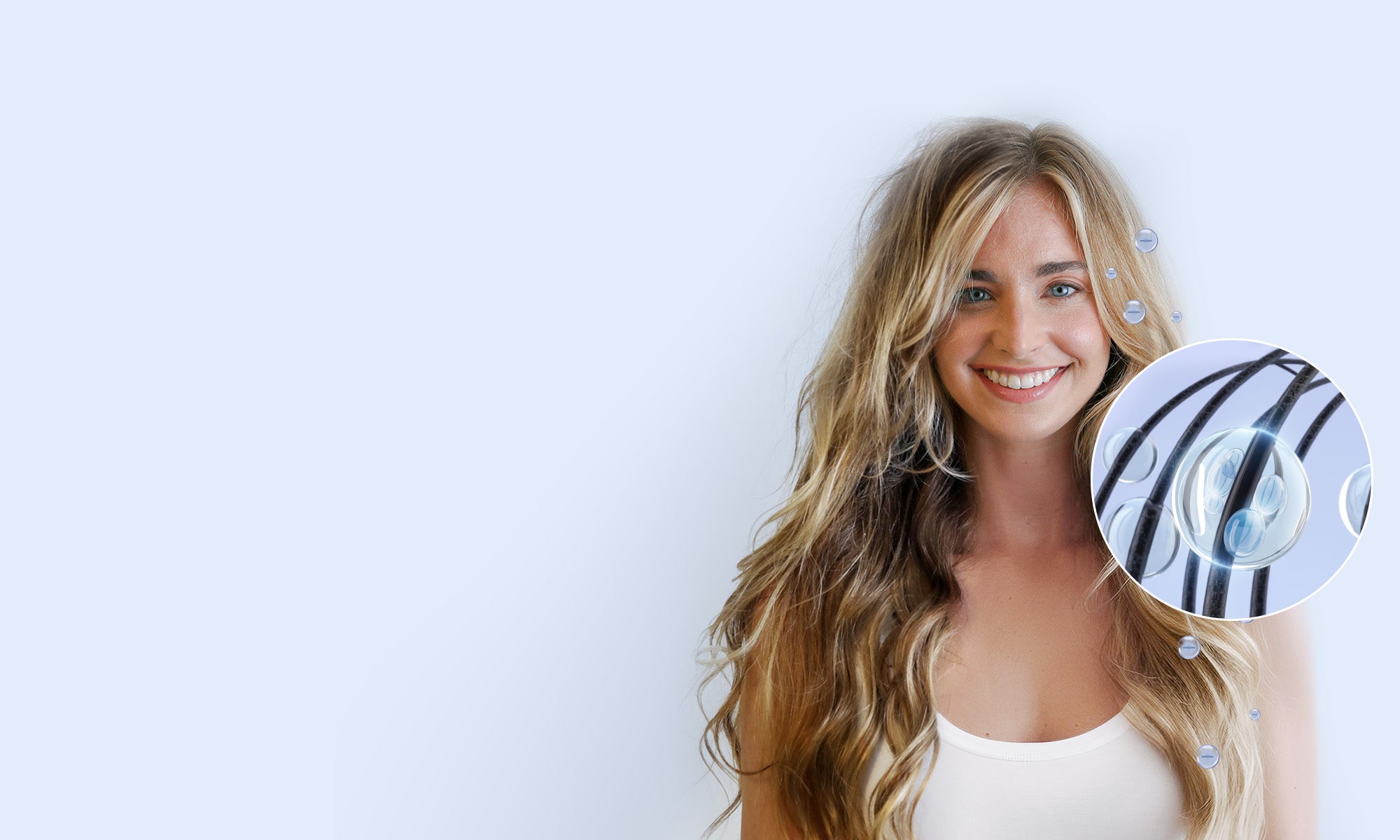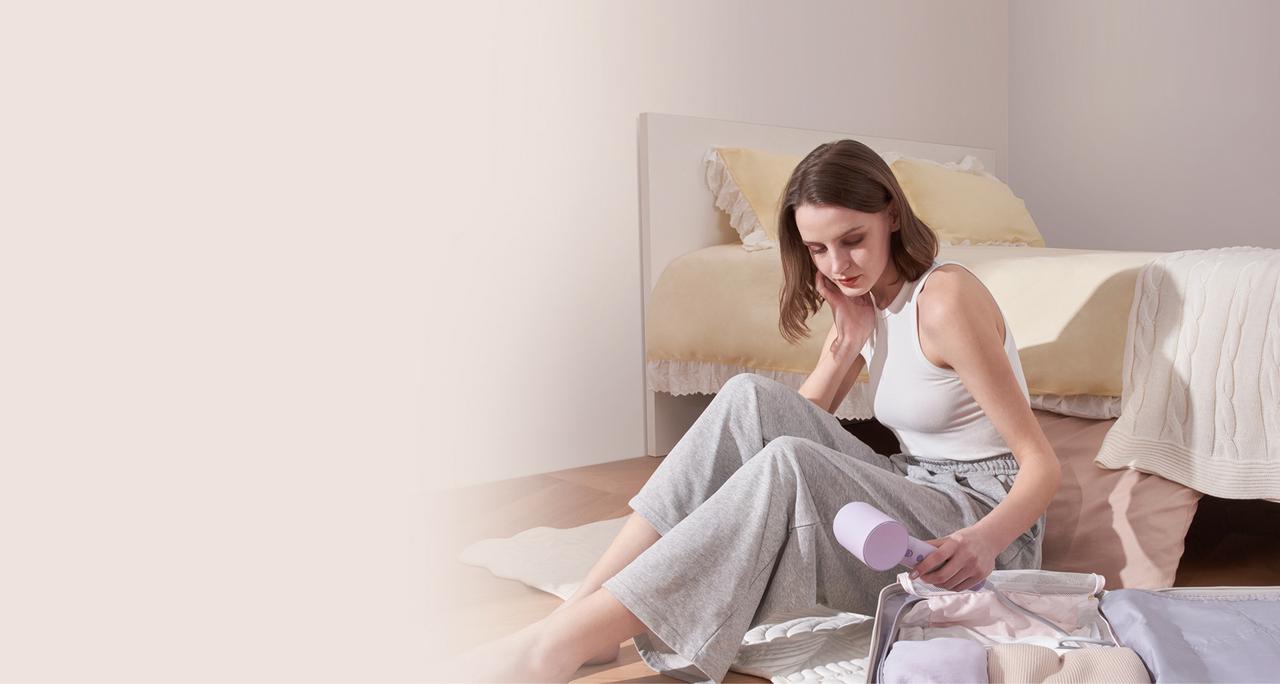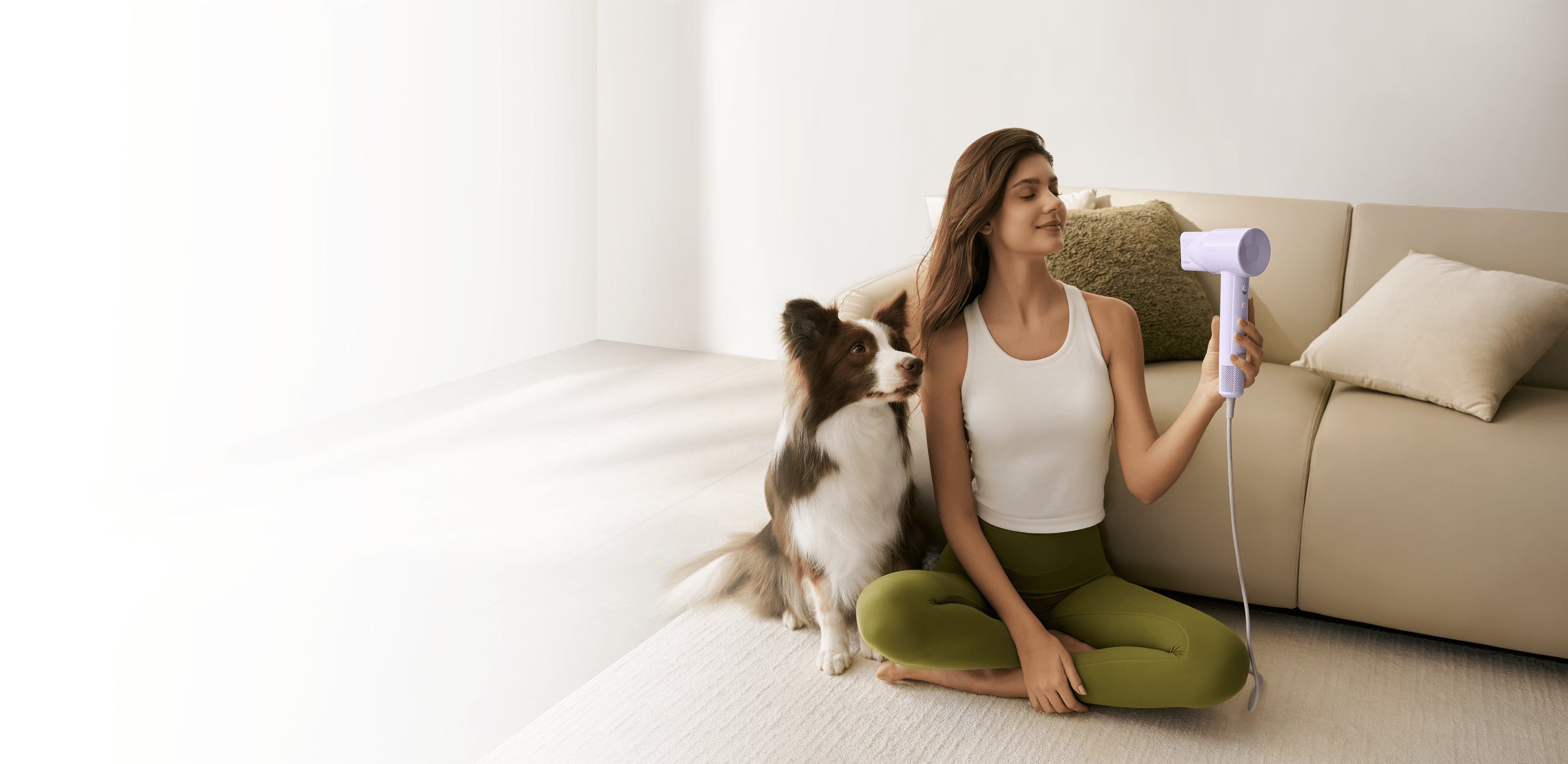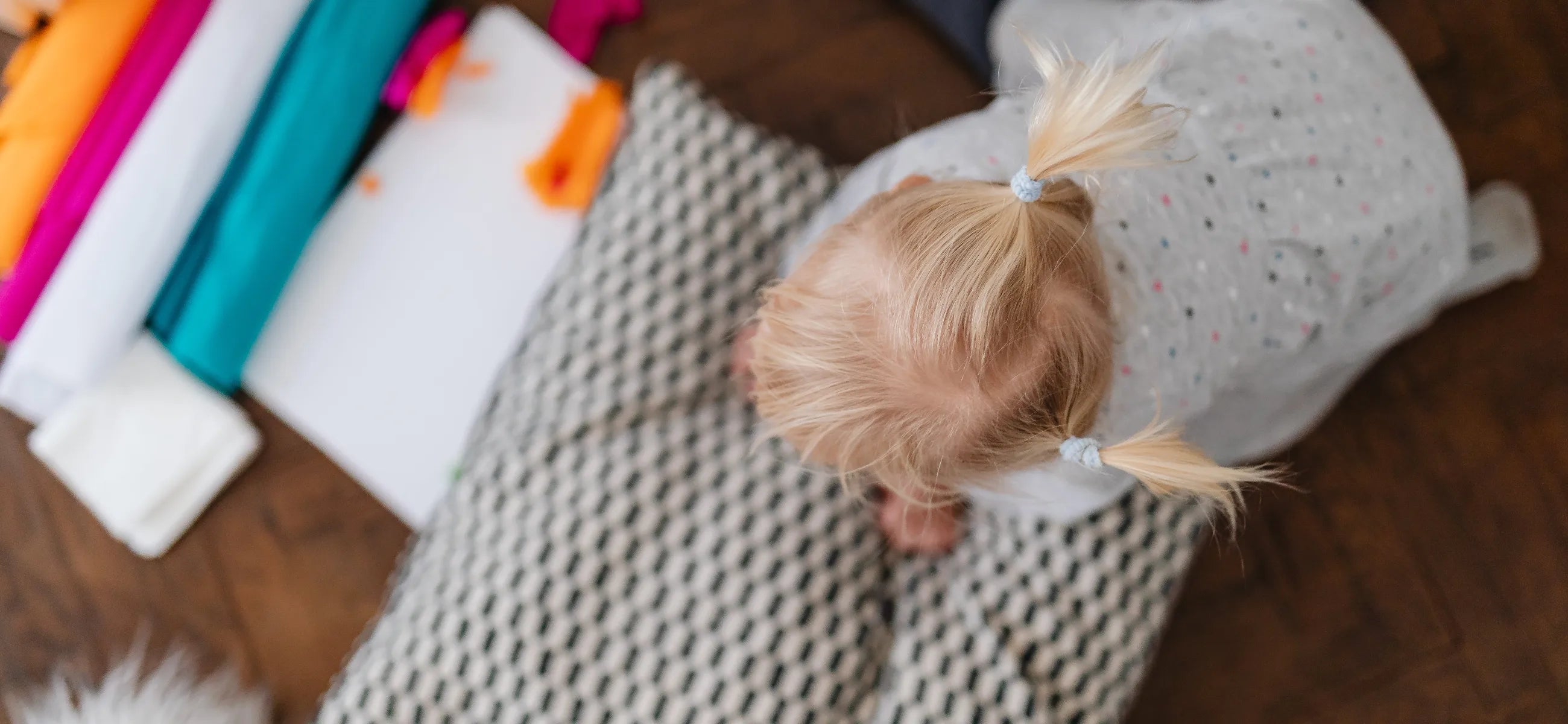
In this article
Even more often than in adults, hair loss in children is the first sign of a serious illness. Therefore, as soon as distinct bald patches or a uniform thinning of the hair are noticed, possible causes should be clarified by a doctor and appropriate treatment initiated.
The cause of hair loss in children can vary. On the one hand, there may be purely physical reasons such as a blemished scalp, dandruff, or eczema. On the other hand, hair loss could also be a typical symptom of an emotional imbalance.
Children are very sensitive by nature and often react to even the smallest of negative influences. An argument with a boyfriend or girlfriend, a change in the family situation, a move to a new environment, a stressful situation at home, stress at school ... the list could certainly be extended indefinitely. Not least the fact that hair loss itself can trigger a spiral of insecurity in your child, as described above.
What you should definitely do with children with hair loss: Don't show your child that you yourself are also insecure about their hair loss. Tackle the hair loss problem together with your child!
Some of the most common triggers for hair loss in children are described below:
Children hair loss - Fungal disease on the scalp
Most infections on the scalp are caused by fungi; viruses or bacteria are less common. The most common fungal disease is tinea capitis, which can be caused by various pathogens and usually occurs before the onset of puberty. It is characterized by round bald patches and scaly skin changes. There is a lot of broken hair found around the bald patches.
Tinea capitis can usually be treated locally with antimycotics such as ciclopirox or imidazoles such as ketoconazole. In more severe cases, systemic therapy may be necessary. Once the therapy has been completed, the hair will grow back healthily. It is important to point out to those affected that this is a contagious disease. Combs, brushes, and towels should therefore never be shared and direct contact with the infected area of skin should be avoided.
Children hair loss due to autoimmune disease
Various autoimmune diseases can also lead to hair loss. Alopecia areata (circular hair loss), for example, can occur as early as childhood. The bald patches develop suddenly and can quickly spread to the entire body hair in phases or disappear spontaneously within the first six months without therapy. Alopecia Areata often occurs simultaneously with other autoimmune diseases such as Graves' disease.
Important to know – children with hair loss donation
Children with alopecia areata are often dependent on hair donations because real children's wigs for hair loss are extremely expensive and are only insufficiently financed by health insurance companies. With your gift of hair, you can provide sick children with a wig free of charge. If you would also like to donate hair for children with hair loss, there are several different options available to you.
For children with hair loss hair donation can be done online. Just look up a children with hair loss website. However, before you decide on a particular website, we recommend that you take a look at the children with hair loss reviews.
Children hair loss - do not pull too tightly
If the hair is braided too tightly or pulled into a ponytail that is too tight, the constant pulling can also lead to hair loss. This form of hair loss has no pathological background and is home-made – with appropriate advice for children and parents, the problem can be quickly resolved.
Children hair loss - compulsive pulling out of the hair
Trichotillomania is a disorder that describes the compulsive pulling out of hair. This symptom can also extend to eyelashes and eyebrows. Trichotillomania is often accompanied by other symptoms such as nail biting or lip biting. This type of disorder is often a sign of mental overload and should be treated by a psychiatrist. PTAs and pharmacists should therefore encourage parents to take this step.
Children hair loss - hair loss during puberty
A lot goes on in the body during puberty. The hormones are in turmoil and can cause not only emotional upheaval. During this change – especially in girls between the ages of 16 and 20 – hair may become thinner or even fall out more frequently. This "diffuse" hair loss usually affects the entire head and is increasingly visible around the contours of the face. As the hormone level normally balances itself out again, you don't need to overly worry. However, you can help your child by reducing stress, emotional support, and healthy nutrition.
Hair loss in children vitamin deficiency
Iron deficiency can also be a possible cause of hair loss in children. A lack of vitamin C might also disrupt the hair structure, as not enough disulphide bridges can be formed. With the help of a blood count, the doctor can check whether there is a deficiency of certain vitamins or trace elements and take the necessary steps to prevent further hair loss.
Children's hair loss treatment
-
The right diet plays a major role in hair growth. Try to avoid sugar as much as possible in your child's diet. Fresh fruit and berries can satisfy the craving for sweets wonderfully and also support hair growth. Vegetables, nuts, and avocados can also help hair growth. You can find out more about this in our blog post Hair-healthy nutrition.
-
Care for your child's hair with suitable products. Choose a mild, natural shampoo with cleansing and strengthening herbs. Make sure that the shampoo you choose does not contain any silicones or parabens
-
Once a week, treat your child's scalp to an intensive cleansing with a scalp scrub followed by a soothing massage with a high-quality oil. This relaxes the scalp and stimulates hair growth at the same time.
Effects of hair loss on the psyche of children
When round, bald patches appear and the scalp shines through, this is a great burden for children. After all, in our society, full and strong hair is associated with health and beauty. It is therefore no wonder that hair loss can often lead to psychological problems.
Children are teased at school because they suffer from hair loss. Especially during puberty, the oval bald patches can make these children targets for bullying. Those affected feel rejected and no longer beautiful. Their self-confidence can suffer greatly, which can lead to depression. Therefore, take care of your child's mental health and support them emotionally during this difficult time.


